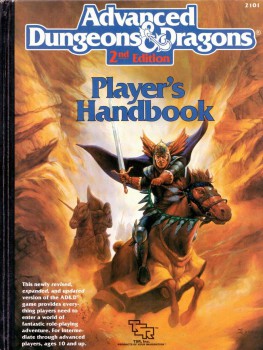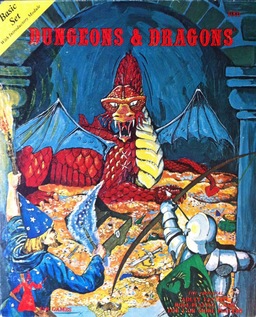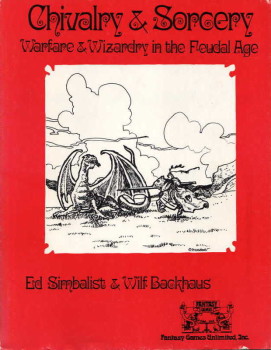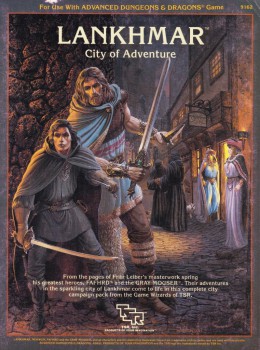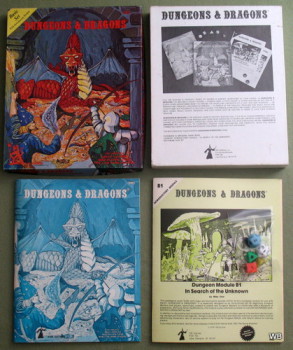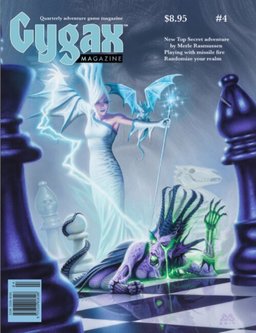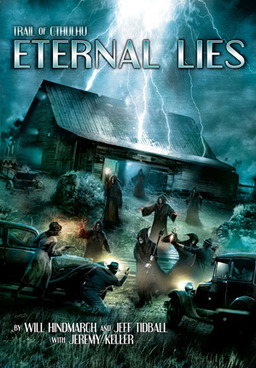The Family That Slays Dragons Together, Stays Together: Fantasy MMOs
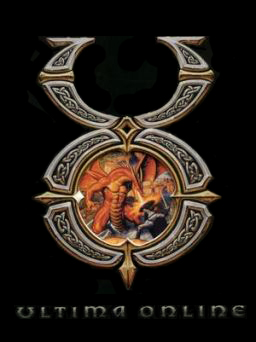 If you’re a gamer, you probably already know about MMOs (or Massive Multiplayer Online games). These video games feature huge worlds where thousands of people can play together at the same time. I’ve been playing MMOs for almost twenty years now and I think they’ve added a new wrinkle to the fantasy universe, an experience unlike anything else.
If you’re a gamer, you probably already know about MMOs (or Massive Multiplayer Online games). These video games feature huge worlds where thousands of people can play together at the same time. I’ve been playing MMOs for almost twenty years now and I think they’ve added a new wrinkle to the fantasy universe, an experience unlike anything else.
My history with MMOs began in 1997 with a little game called Ultima Online. I first heard about it in a gaming magazine and was blown away by the concept. I had already been a huge fan of tabletop roleplaying games like Dungeons and Dragons and Warhammer Fantasy Roleplay, so the idea of playing a fantasy-based video game with all my friends was thrilling.
The reality was even better than I imagined. I could create an original new persona (called an avatar) and use that character to enter an open-ended game world filled with monsters, dungeons, cities, magic, and (best of all) lots and lots of real people playing their own avatars all around me.
Sure, I loved exploring the lands of Ultima Online, delving into creepy cave systems, fighting other players in the forests, and doing the usual adventure-type stuff, but two elements of UO really grabbed my attention.
The first was the crafting system. Instead of slaying monsters (and other players) for loot, you could also gather natural resources and use them to create new items, and then sell them to other players. I spent so many hours happily mining pixelated ore and selling it off to blacksmiths. Yes, you heard me correctly. I spent my leisure time in an artificial world performing manual labor. It sounds crazy, but I was in love with the idea of a game economy based on player participation.
But I didn’t spend all my time digging holes in fake mountains, because I’d also discovered guilds. A guild is like a club — a social organization of players who (usually) share the same interests. Much of my enjoyment in UO came from forming and maintaining a guild, and by doing so I met a lot of new friends. We adventured together, saved up funds to buy a “guild hall” (a glorified clubhouse), and generally hung out.
